The Role of Architectural BIM in Complex Project Management
Building information modeling (BIM) has the potential to transform project management, given that it brings never-before-seen efficiency.
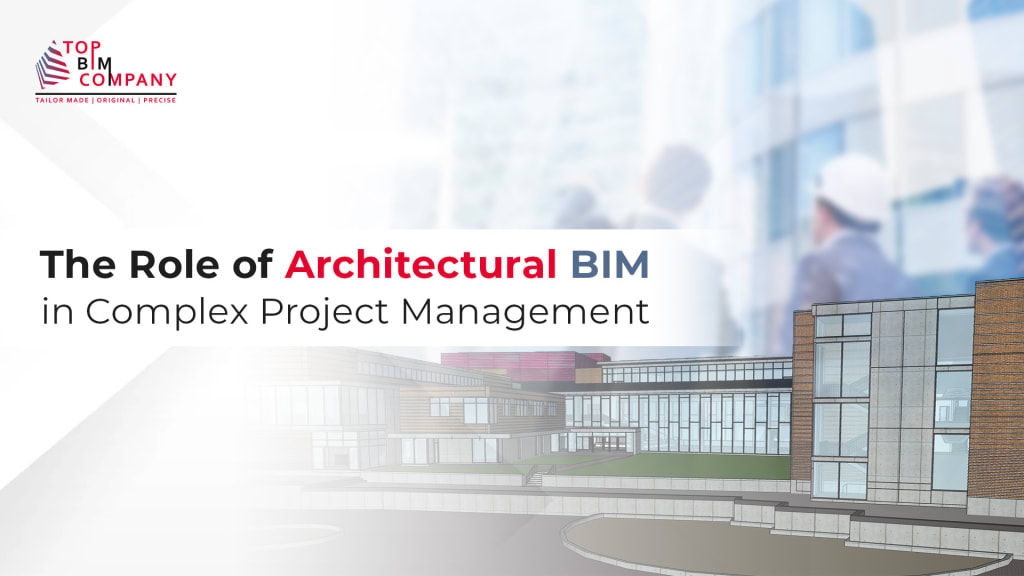
In the realm of complex project management, the use of Architectural BIM has become indispensable. BIM refers to a digital representation of the physical and functional characteristics of a building or infrastructure.
It provides a collaborative platform that enables architects, engineers, contractors, and other stakeholders to work together efficiently.
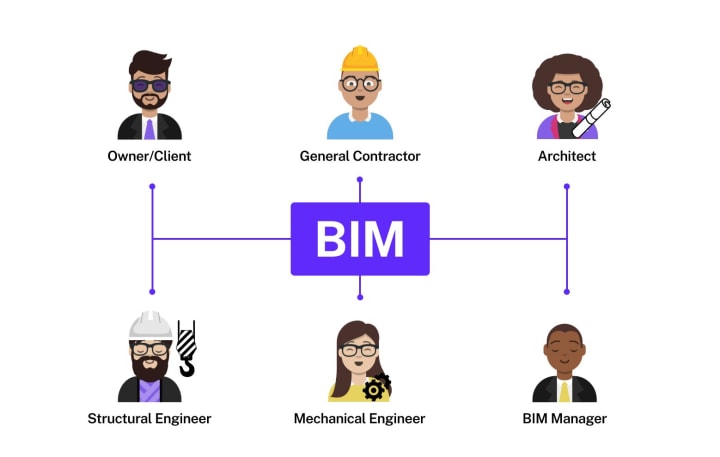
Understanding Architectural BIM
Architectural BIM involves the creation and management of intelligent 3D models that encompass various aspects of a project, including architectural design, structural engineering, MEP (mechanical, electrical, and plumbing) systems, and more.
While CAD creates 2- or 3-dimensional drawings that don't distinguish between their elements, BIM incorporates 4-D (time) and 5-D (costs). This allows users to manage information intelligently throughout the life cycle of a project, automating processes such as programming, conceptual design, detailed design, analysis, documentation, manufacturing, construction logistics, operation and maintenance, renovation and/or demolition.
BIM-Building Information Modelling- is a computer-algorithm based in most of the software that enables professionals across the AEC- Architecture, Engineering, and Construction- Industry to have a common interface, which lets every individual working in the design process to have a transparent and well-informed virtual model of the project.
The major BIM benefits for architects are:
- Efficient collaboration with structural and mechanical engineers.
- Communication with the client through 3D visuals.
- Design control and reduced design errors.
- Better documentation and cost control.
- Reduced errors and omissions in the construction phase.
- Reduced project and construction duration.
- Project delivery on time and on budget.
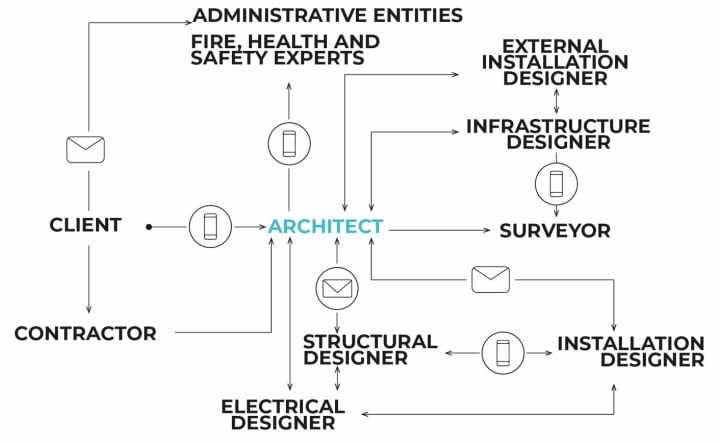
The BIM model acts as a centralized database that contains vital project information, allowing stakeholders to access and update data in real-time.
Benefits of Architectural BIM in Project Management
Enhancing Collaboration and Communication
One of the significant advantages of Architectural BIM is its ability to enhance collaboration and communication among project teams. With a shared digital platform, stakeholders can access the latest project information, reducing errors and rework.
They can also communicate effectively through the model, making annotations, and resolving design conflicts in real-time.
Streamlining Design and Documentation
Architectural BIM streamlines the design process by providing a comprehensive visualization of the project. Design iterations can be quickly explored, and modifications can be made efficiently, resulting in improved design quality and reduced timelines.
Moreover, BIM enables the automatic generation of accurate and standardized project documentation, including drawings, schedules, and specifications.
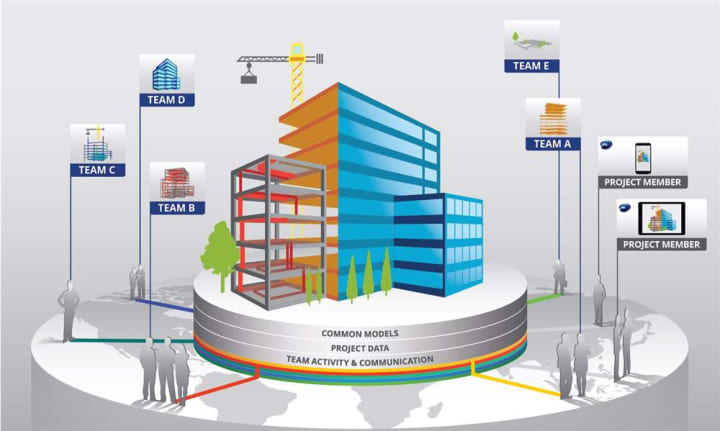
Efficient Resource Management
With Architectural design, project managers can efficiently manage and allocate resources. BIM models facilitate the identification of clashes, allowing early resolution and minimizing costly delays.
Additionally, the integration of scheduling and cost estimation tools within the BIM environment enables better resource planning, resulting in optimized project execution.
Clash Detection and Risk Mitigation
BIM's clash detection capabilities play a crucial role in complex project management. By simulating the construction process within the BIM model, clashes between different building systems can be identified and resolved before construction begins.
This proactive approach mitigates risks, prevents costly errors, and enhances the overall quality of the project.
Improved Construction and Cost Control
Architectural BIM significantly contributes to improved construction and cost control. By visualizing the construction sequence and simulating the project timeline, potential bottlenecks and inefficiencies can be identified early on.
This allows project managers to make informed decisions, optimize construction methods, and effectively control costs throughout the project lifecycle.
Integration with Project Management Software
To maximize the benefits of Architectural BIM, integration with project management software is essential.
By linking the BIM model with scheduling, cost control, and document management systems, project managers can centralize project data, automate processes, and improve overall project performance.
Challenges in Implementing Architectural BIM
While Architectural BIM offers numerous advantages, its implementation can pose several challenges. These challenges include:
- Lack of awareness and understanding among project stakeholders.
- Resistance to change and reliance on traditional methods.
- Insufficient training and education on BIM processes and tools.
- Concerns regarding data security and privacy.
Overcoming Implementation Challenges
To overcome the challenges associated with implementing Architectural BIM, certain strategies can be employed:
Training and Education
Providing comprehensive training and education programs to project stakeholders is crucial. By increasing their knowledge and understanding of BIM processes, tools, and benefits, stakeholders can embrace the technology and effectively utilize it in their respective roles.
Addressing Resistance to Change
Change management strategies should be implemented to address resistance to adopting BIM. By emphasizing the benefits and providing support during the transition, stakeholders can be encouraged to embrace the new technology and overcome their apprehensions.
Ensuring Data Security and Privacy
To address concerns regarding data security and privacy, robust protocols and secure cloud-based platforms should be employed. Data encryption, access control measures, and regular backups are essential to protect sensitive project information.
While a myriad of tools and software are available in the market, the most predominantly used software by all professionals is the Autodesk Revit. It provides specializations categorized as MEP, Structural and architectural design. The most convenient feature of it is the interoperable platform that allows all the designers, engineers, contractors, landscape architects to work simultaneously.
Another prevalent software, ArchiCAD, is quite popular amongst large firms- helping them visualize and create 3D renderings with great detail and accuracy. Similarly, mainstream tools such as SketchUp, Rhinoceros, and 3DS Max, etc. help in architectural conceptualizing and 3D modeling.
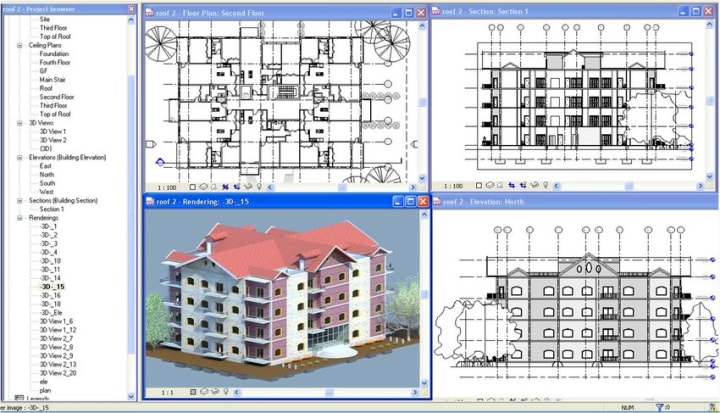
Conclusion
Architectural BIM plays a vital role in complex project management by enhancing collaboration, streamlining design and documentation, optimizing resource management, and improving construction and cost control.
Despite implementation challenges, the benefits of BIM outweigh the obstacles, making it an essential tool for successful project delivery in the modern construction industry.
You may also like to read:
About the Creator
Ryan Stein
I am a renowned author, speaker and educator on Building Information Modeling (BIM) technology in the Architecture, Engineering, and Construction (AEC) industry.


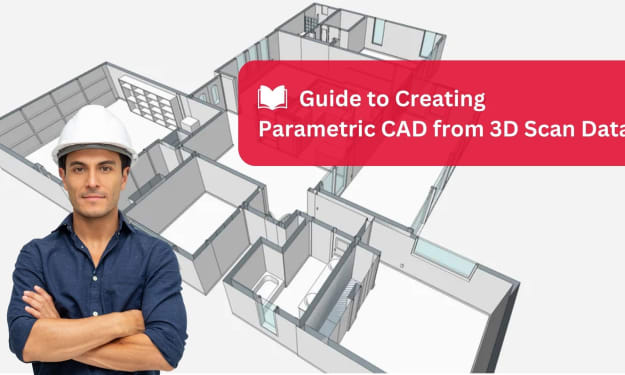



Comments
There are no comments for this story
Be the first to respond and start the conversation.